Internal linking can improve crawl rate of websites and hasten your SEO campaign. But before moving on to the method and advantages of this area. Let’s first define the phrase “crawl rate,” which refers to the amount of requests/second that Google AdWords bots analyze while crawling your domain.
What are Internal Links?
Internal links are clickable text or image links that go to content within the same website or domains, such as a picture, video, or text.
These kinds of links make it simple for people to move throughout a website. To increase your site’s overall SEO, you must adhere to best practices for internal linking.
What are Crawl Depth?
The degree toward which search results index a web page is known as its crawl depth. Sites with deep crawls will have much more content indexed than those that use shallow crawls.
The crawl depth includes creating internal links as a necessary component. Crawlers from search engines cannot readily explore your website if there are no hyperlinks on it.
For instance: when you hunt for a topic on Google, all the data that appears in the search engine results is the product of Google indexing a number of websites for data. You must optimize your website for all the factors that influence the Google crawl rate because Google is constantly crawling and indexing websites in order to present people with the most up-to-date and accurate information possible.
Importance of Internal Linking In Website Ranking
Google uses the Google bot to improve crawl rate of websites by following both internal and external links. When a website’s landing is reached, the bot begins by clicking the very first link it sees there. It can learn about the connections between various web pages within a site by tracing these links. Google splits the link value amongst all of the links that are available on a web page in order to comprehending the connectivity between distinct web pages.
These internal connections not only help users navigate your site, but they also guide search engine crawlers to crawl and evaluate all of those different websites.
Web crawlers are capable of discovering more about your contents as they navigate across your website, which affects the extent to which they promote particular pages in the Rankings.
Therefore, effectively including internal links can greatly enhance your SEO performance.
How to Implement Internal Linking Strategy to Improve Crawl Rate?
Just as Google chrome extensions for SEO helps you work faster and smarter. Similarly, in order to improve crawl rate of your site by implementing internal linking approach for SEO, few factors must be taken into consideration. These include:
Use of Do-follow & No-follow Links
Googlebot can be instructed in two different ways do-follow links and no-follow links on how to recognize a link and utilize it to connect two websites. A link needs a do-follow property in order to carry on PageRank. It informs Google crawlers that they may keep following the linked page.
On the contrary side, pages that don’t need to be ranked utilize the no-follow tag. Examples include welcome pages, registration sites, and account pages. Apart from a backlink, it does nothing to improve the website.
Use of Qualitative and Search terms Anchor Texts
When an anchor text contains relevant keywords, it is said to be keyword-rich. Use this technique if you want your website to be ranked for a specific term. Overblowing this stage, however, could cause Google to view your page as being overly optimized.
Remember that perhaps the anchor text you employ should aptly depict the content of the landing page. If the specific keyword is not possible, seek for a close fit.
Permit Opening Internal Links within the same tab
Browsing internal links within the same tab is considered a best practice advocated by SEO specialists, especially within SEO agency in Dubai, to enhance crawl rates. Users often find it burdensome and unnecessary to open multiple tabs for a single page, disrupting their natural navigational flow.
Imagine a user accessing your website via a smartphone seeking specific pages. Each internal link opening a new window might confuse the user, making it challenging to return to the original page. Hence, always ensure internal links load within the same tab to provide a smoother user experience.
Modify and remain vigilant on redirects
Emphasis on link repair when implementing an internal linking approach to improve crawl rate. It is beneficial to check to see if any links need to be corrected. Internal links more frequently get broken as a result of the insertion of outdated material or changes to the URL path. As a result, you may keep an eye on it and add a most recent link as needed.
Your viewers could land on defunct pages if you don’t retain and watch over old links. The customer experience is immediately disrupted, and the worth of your website is diminished. Additionally, it can harm your Google page rating.
Wrap Up
You may simply enhance your site’s internal linking structure by adhering to these efficient internal linking methods without encountering any difficulties or sacrificing on a clear site layout.
You can increase your website’s SEO by sticking to internal linking best practices systematically throughout the entire site.

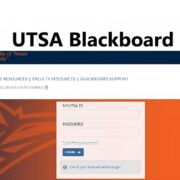
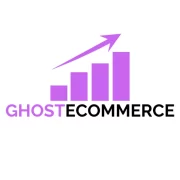
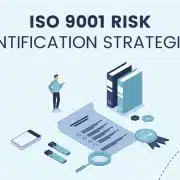

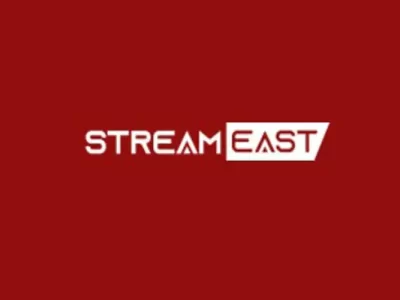

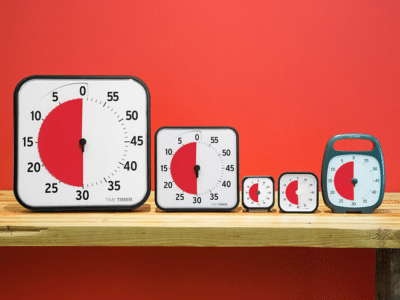

Comments